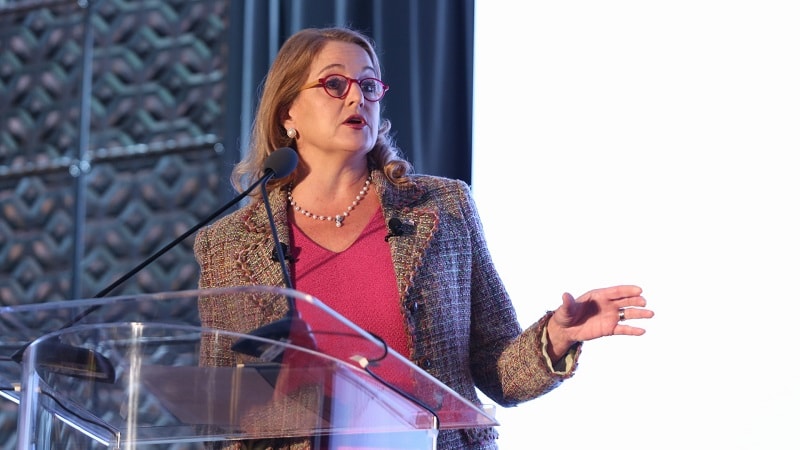
The Federal government’s new approach to shared services, outlined in the Sharing Quality Services cross-agency priority (CAP) goal, is moving from planning stages to implementation, while emphasizing customer focus and placing an emphasis on a marketplace model, said Federal CIO Suzette Kent.
A September update to the Sharing Quality Services CAP goal detailed that the Office of Management and Budget’s (OMB) new approach to shared services was on track for fiscal year 2020. The CAP goal also included a strategy for Quality Service Management Offices (QSMOs) to offer modern technology and transaction processing solutions to drive scale, standardization, and efficiency by leading the following:
- Human resources transactions through General Services Administration’s (GSA) NewPay Program;
- Financial management standards set up by Treasury;
- Grants management through Health and Human Services; and
- Cybersecurity through the Department of Homeland Security.
Speaking at the Shared Services Summit today, Kent talked about those initiatives with NewPay, financial management, and cybersecurity moving along smoothly, but grants management taking a bit longer than expected.
Kent offered that stakeholders will move from planning to implementation and with GSA’s NewPay serving as the first test case, other QSMOs will be learning from that particular initiative’s implementation process.
“This is not something that happens fast. It’s very important that we’re clear, we’re methodical, we’re following a process, but we stay the course,” Kent said. “There are a lot of things that we like to do really fast— do a pilot and see results in six months. We’re going to see results, but that long-term goal and checking off every box is a longer journey.” Kent did not offer a specific timeline of progress.
She also addressed that for many stakeholders involved, this initiative involves resource realignments in terms of people and pace.
“But what’s really important is that— and some of them have been public about this— they have to make organizational changes,” Kent said. “That means people and roles and responsibilities so some of those things will be coming as well.”
